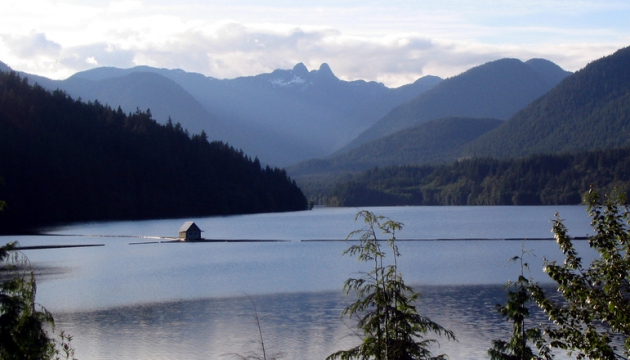With more than 30 years’ experience in the residential and commercial water treatment industry, Mark Nelson is a Class 1 Drinking-Water Operator and a CBWA (Canadian Bottled Water Association) Certified Plant Operator. As founder and president of Nelson Water in Ottawa, Mark focuses on dealing with challenging water treatment system designs for problem water. He also heads the largest water bottling plant in the city of Ottawa with a delivery network throughout the Valley.
A Guide to Preserving and Protecting our Canadian Water
In communities where groundwater is used as the main source of drinking water, protecting aquifers and the wells that draw from them is a vital mission. While many homeowners may regard this as a municipal water company concern, protecting and preserving your water actually begins in your own home and business. There are a number of straightforward things that can be done to help preserve and protect drinking water quality while reducing or eliminating contamination of other water resources in your area.
Always Think About What You Put Down the Drain
One of the best ways to safeguard water quality is to give a little thought to what you are putting down your drain. Your sink drains and toilet are not trashcans and should not be used to toss trash. As a glaring example, many flush unused or old pharmaceutical products and medications down the drain. However, the truth is, water treatment plants do not tend to have the technology in place to remove pharmaceutical contaminants from wastewater. This can mean that drugs can end up in lakes and water sources.
You should also never pour oil, animal grease and other household waste items down the drain. Not only can these congeal or clog up your pipes and cause damage in your home, but they can also block sewer and waste water lines. This can allow sewage and gray water to back up out of drains into your home.
You should also seriously consider what chemical cleaning products you use that may eventually be flushed down the drains or toilets. Ideally, you should use an environmentally safe cleaning product such as lemon juice, vinegar or baking soda, which will not allow potentially toxic chemicals to enter the water system. Water treatment plants often lack the capacity to remove many household chemicals from the water.
The Impact of Your Pets and Gardening have on YOUR Water
Nitrate and bacteria are some of the most common forms of water pollutants. While this may seem like a broader environmental issue, some of our activities such as gardening and disposing of Fido’s waste can have a great impact on the levels of these contaminants (think millions of people doing what you are doing.) Pet waste can contain potentially harmful bacteria, which can cause harm if allowed to enter the water system. This means that you should take steps to ensure that you dispose of your animal’s waste carefully and responsibly.
Lawn fertilizers and other gardening products often contain nitrate. Using these types of products can potentially allow nitrate-contaminated runoff to enter the water system as well. It is possible, however, to choose nitrate free gardening products, which will not contaminate the groundwater. If nitrate is needed to replenish your soil, you should use these products carefully to prevent harmful accumulations. You should also aim to maintain the foliage in your garden to reduce the risk of soil erosion. Soil in water runoff can allow sediment and contaminants to be washed into waterways and cause pollution.
Final barrier protection, whether you are on well water or on a municipal system, is ultimately your responsibility. If you are concerned that pharmaceutical waste, nitrate, lead, and any form of bacteria may find its way into your home water supply, there are a wide variety of sophisticated filtering systems for home use that can be installed. Contact your local CWQA certified water treatment professional for assistance.

